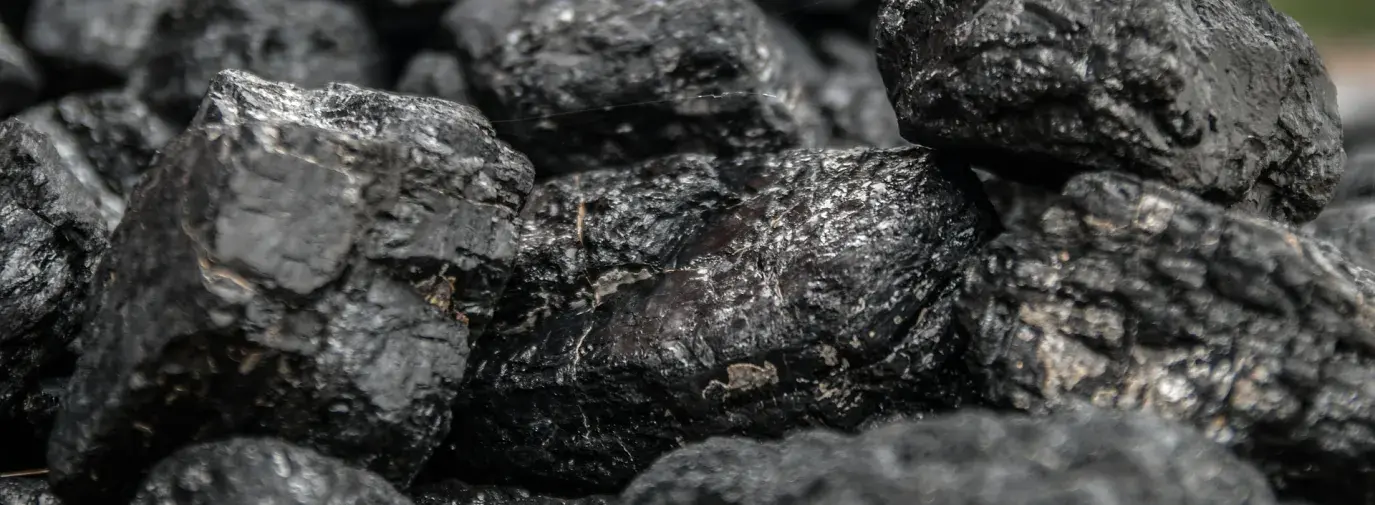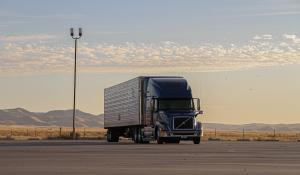
While some policymakers support "clean coal," coal can never be clean. It is harmful to both people and the planet. Here are a dozen reasons why.
Coal Contributes to Climate Change
The burning of fossil fuels releases greenhouse gases into the atmosphere, increasing levels of CO2 and other gasses, trapping heat, and contributing to global climate change.
- Coal combustion releases the greenhouse gases carbon dioxide (CO2) and nitrous oxide (N2O) during combustion. Coal power plants release more greenhouse gases per unit of energy produced than any other electricity source (1).
- Coal supplies around 33% of the energy used for electricity in the United States, which makes coal-fired power plants a prime target for reducing greenhouse gas emissions (2). (Coal use for electricity is declining, by 2018 the electricity energy share for coal has fallen to 27%).
- Luckily, coal power plants are closing down throughout the U.S. as the fuel becomes less profitable due to state and federal regulations, an aging fleet, and competition from other sectors such as natural gas, wind, and solar (3).
- The coal mining process releases methane, which is 87 more potent as a greenhouse gas than CO2 over a 20 year period (4).
- Carbon capture and storage (CCS) technologies have been marketed as a way to address climate emissions from burning coal, by pumping CO2 produced through burning coal underground instead of into the air. However, the technology is extremely expensive, and even if the carbon can be sequestered, the coal-fired plant will still result in destructive coal mining as well as toxic coal ash as a byproduct.
Coal Creates Local Air Pollution
Air pollution is another side-effect of fossil fuel use. Air pollution is generally more regional than the effects of carbon dioxide, and can have devastating impacts on local populations and ecosystems.
- Coal combustion releases sulfur dioxide (SO2) and nitrogen oxides (NOx), which react with water and oxygen to form acid rain. Acid rain corrodes buildings and structures and acidifies freshwater environments, damaging aquatic ecosystems (5).
- Volatile organic compounds (VOCs) react to form ground-level ozone, or smog. Smog can cause a variety of respiratory and cardiovascular effects and is especially dangerous to the elderly, young children, and people with asthma (6).
- Fine particulate matter (PM10 and PM2.5) is released into the air in the form of fly ash. This particulate matter gets lodged in the lungs when inhaled and increases the risk for pulmonary diseases, including lung cancer (7).
Coal is Devastating for Water Pollution
Like air pollution, water pollution is another more localized effect of fossil fuel use. Water is usually polluted during the process of extraction or in the handling of waste products. Water pollution can also have devastating impacts on human health and the environment.
- Coal-fired power plants account for 41% of anthropogenic (human-caused) mercury emissions, which can travel long distances before being deposited in soil or water. Mercury accumulates in food-chains and can reach very high levels in many types of fish that are consumed by humans. Mercury is highly toxic and is especially dangerous to children (8).
- Coal combustion waste contains many toxic chemicals and heavy metals, which are known to cause birth defects, reproductive disorders, neurological damage, learning disabilities, kidney disease, and diabetes (9).
- This waste is often stored in large impoundment ponds. Massive spills from breaches in these ponds are documented, and many ponds are currently classified as “high hazard” by the EPA. This means they are at risk to spill and cause significant property damage, environmental damage, injuries, and deaths (9).
- Under certain conditions, impoundment ponds are also known to leach contaminants like arsenic into the soil and groundwater, potentially poisoning freshwater sources (10).
(1) “Carbon Dioxide Emissions Coeffecients.” EIA.gov U.S. Energy Information Administration. Feb. 2016. Web. 23 Aug. 2016.
(2) “Frequently Asked Questions.” EIA.gov. U.S. Energy Information Administration. Apr. 2016. Web. 23 Aug. 2016.
(3) "Impact of EPA’s Regulatory Assault on Power Plants." IER.org Institute for Energy Research, June 2012. Web. 23 Aug. 2016
(4) "Overview of Greenhouse Gases." EPA.gov. Environmental Protection Agency. Web. 23 Aug. 2016.
(5) “What is Acid Rain?” EPA.gov. U.S. Environmental Protection Agency. March 2016. Web. 23 Aug. 2016
(6) “Health Effects of Ozone Pollution.” EPA.gov. U.S. Environmental Protection Agency. Web. 23 Aug. 2016
(7) “Coal Ash Basics." EPA.gov. U.S. Environmental Protection Agency. June 2016. Web. 23 Aug. 2016
(8) Trasande, Leonardo, Philip J. Landrigan, and Clyde Schechter. "Public Health and Economic Consequences of Methyl Mercury Toxicity to the Developing Brain." Environmental Health Perspectives 113.5 (2005): 590-96.
(9) "Coming Clean: What the EPA Knows About the Dangers of Coal Ash." The Environmental Integrity Project and Earthjustice. May 2009. Web. 24 Aug. 2016.
(10) Clean Air Task Force. Dirty Air, Dirty Power: Mortality and Health Damage Due to Air Pollution from Power Plants. June 2004. Web. 24 Aug. 2016.






